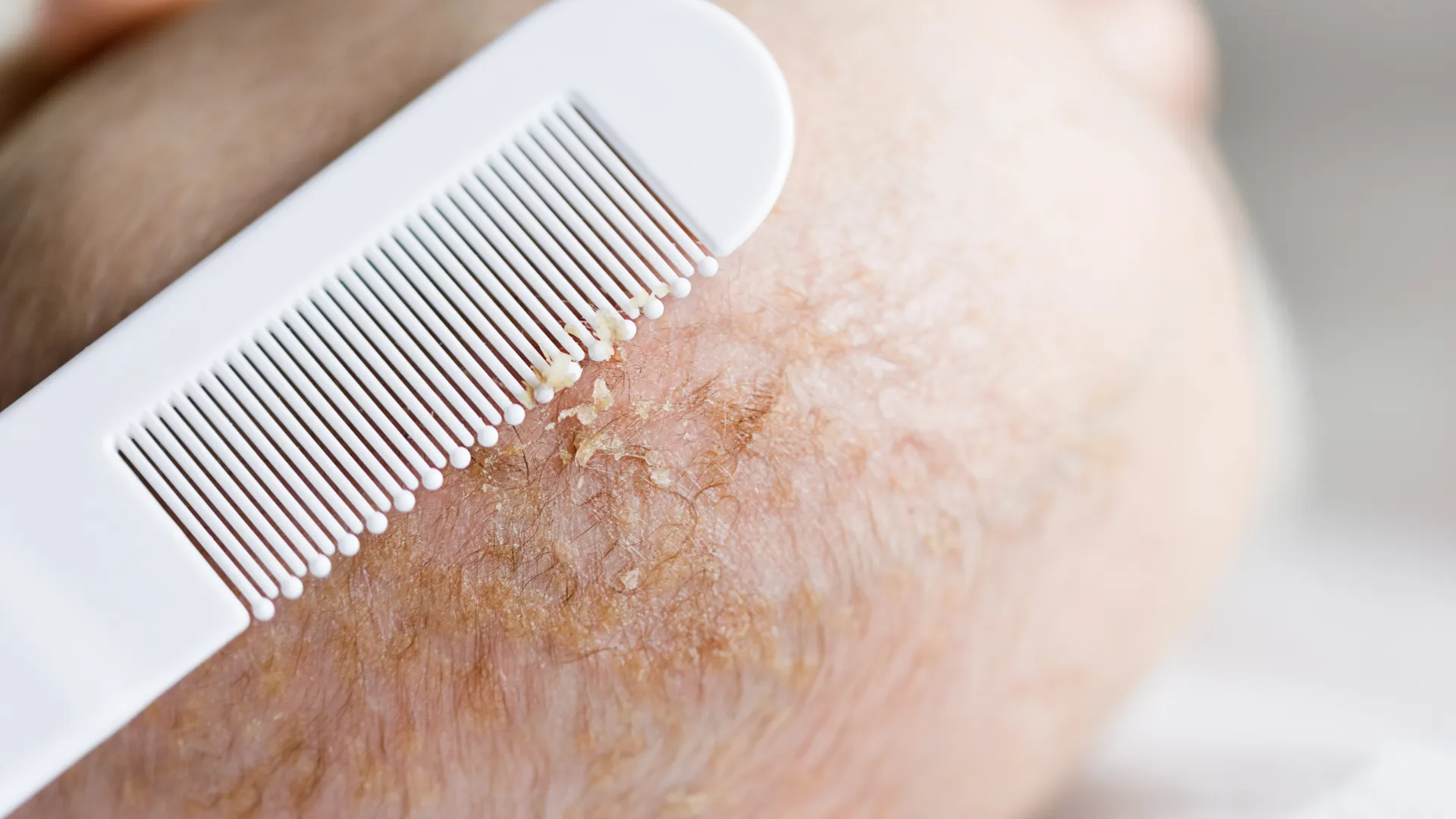Pediculosis (Lice)
Pediculosis, commonly known as lice infestation, is a frequent concern among children and can lead to significant discomfort and distress. These tiny parasites live on the scalp, body and in the genital area, feeding on human blood and causing itching due to an allergic reaction to their saliva.
Types of lice
- Head lice (Pediculus humanus capitis): The most common type among children, head lice thrive in the hair on the scalp. They are usually spread through close head-to-head contact during play or activities.
- Body lice (Pediculus humanus corporis): These lice live on clothing and only move to the skin to feed. They are more commonly associated with poor hygiene and crowded living conditions.
- Pubic lice (Pthirus pubis): These lice affect the genital area and are typically transmitted through sexual contact.
Life cycle of lice
Lice have a distinct life cycle consisting of three stages:
- Egg (Nit): The eggs are laid close to the scalp and hatch within 7-10 days.
- Nymph: Once hatched, nymphs mature into adults within about 7 days.
- Adult: Adult lice can live up to 30 days on a human host and reproduce rapidly, making consistent treatment essential. Lice can also live up to 48 hours on clothing or bedding.
Transmission
Lice spread easily from person to person, particularly in environments such as schools and daycare centers where children have close contact. Head lice can also be transmitted through shared personal items (hats, hairbrushes and bedding).
Body lice are more commonly found in individuals living in unsanitary conditions.
Pubic lice primarily spread through sexual activity.
Symptoms and Diagnosis
The primary symptom of lice infestation is itching, which can take 2-3 weeks to manifest after exposure. In some cases, infestations can be asymptomatic, particularly with head lice.
Examination:
- For suspected head lice, check for live lice and their eggs (nits) on the scalp, especially around the ears and the nape of the neck.
- For body lice, inspect areas of skin where clothing seams are tight.
- In cases of pubic lice, examine the genital area for lice or nits.
Severe itching can lead to secondary skin infections due to scratching.
Pediculosis can cause emotional distress and social stigma for affected children. Many may feel embarrassed or isolated.
Treatment
- Prevention: Avoid close contact with infested individuals and do not share personal items.
- Topical treatments: Permethrin or pyrethrins are commonly used. Prescription treatments may include malathion or ivermectin. Newer non-insecticidal treatments, like dimethicone, are also effective and carry less risk of resistance.
- Environmental management: Lice can live for up to 48 hours on clothing or bedding, so it’s crucial to wash bed linens, clothing, and personal items in hot water and dry on a high heat setting. Items that cannot be washed can be sealed in plastic bags for two weeks.
- Manual removal: Using a fine-toothed comb to remove lice and nits is essential.
- Follow-up checks: Conduct follow-up checks after treatment to ensure all lice and nits have been removed.


